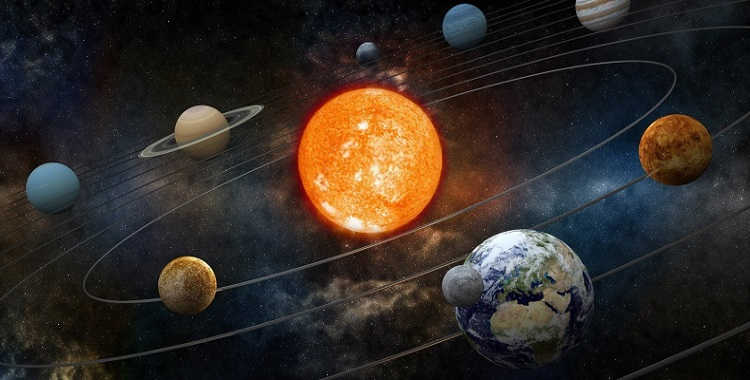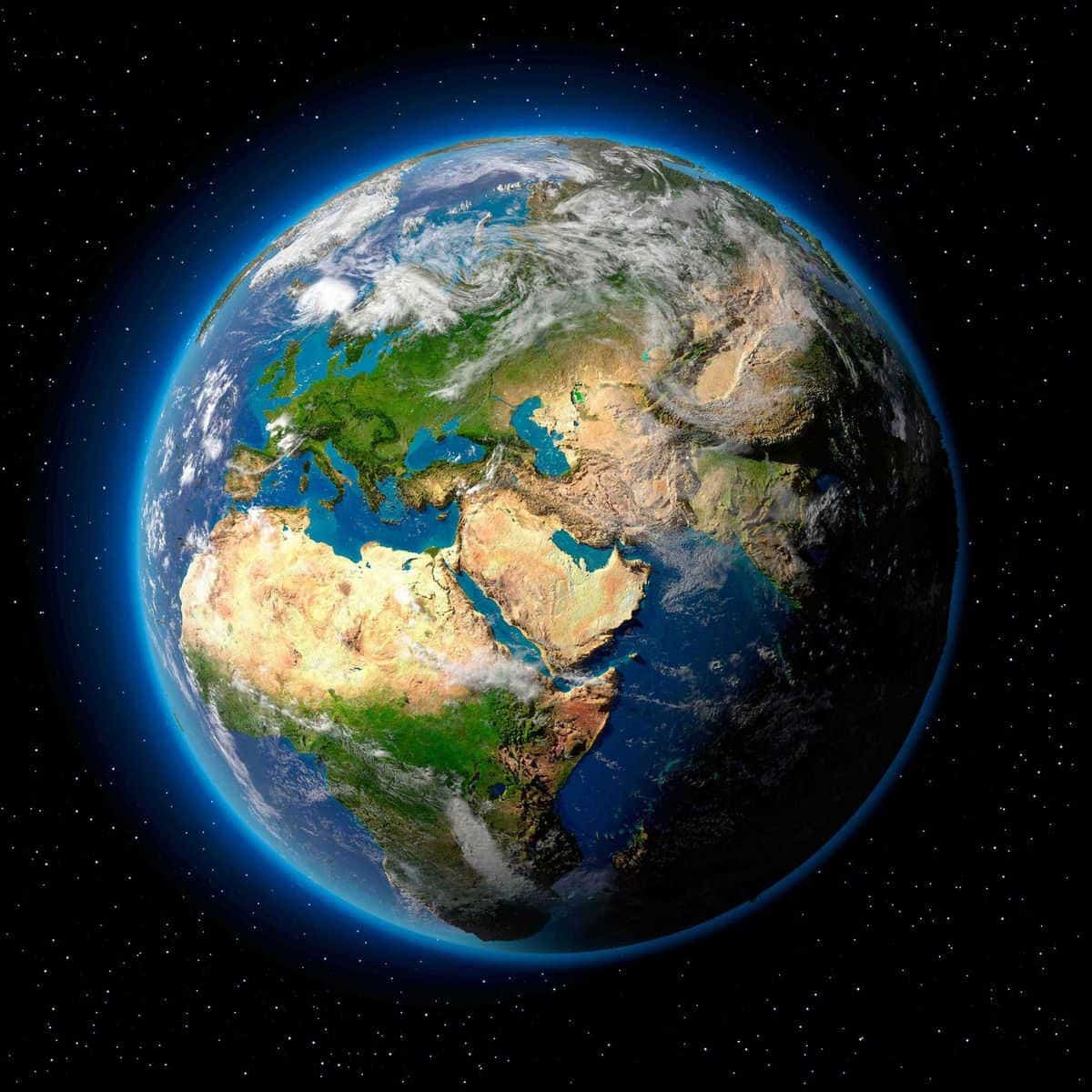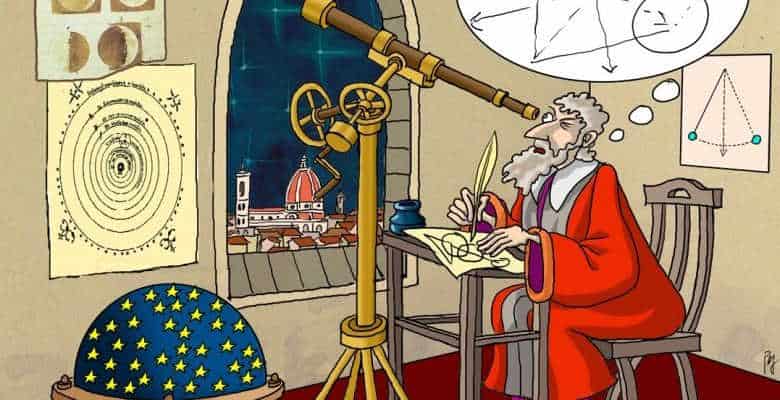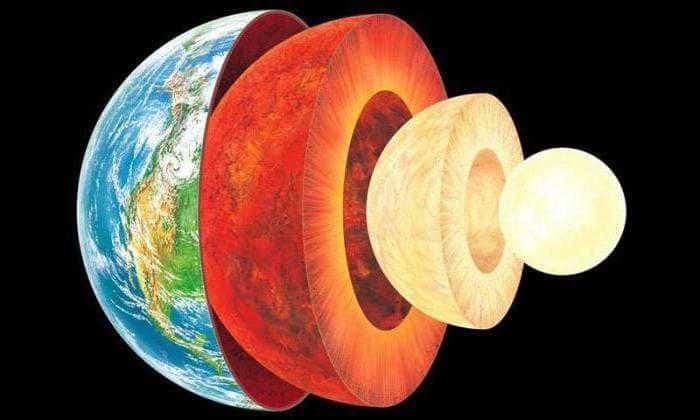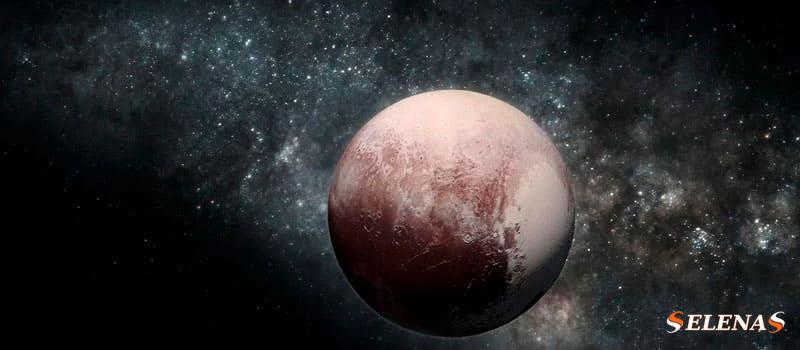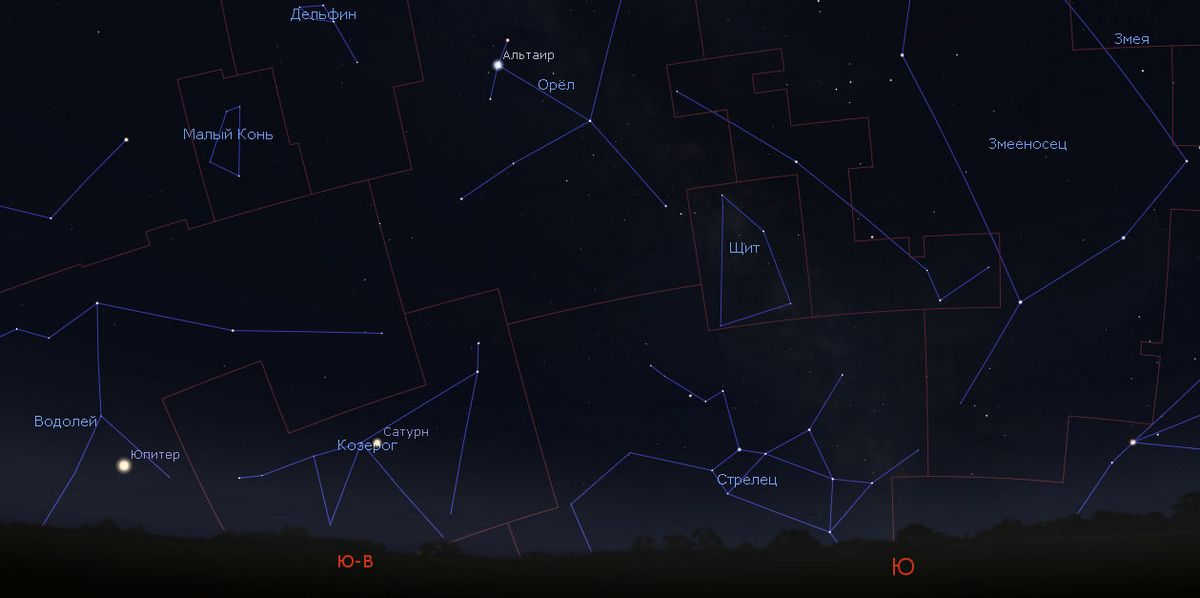
What is the number of stars in the Sagittarius constellation?
Sagittarius, also known as the Archer, is a constellation that is most visible during the summer months. While it may not boast as many bright and prominent stars as other constellations, it is unique in its own right. This particular constellation is home to a multitude of fascinating celestial objects, as it is in the…


